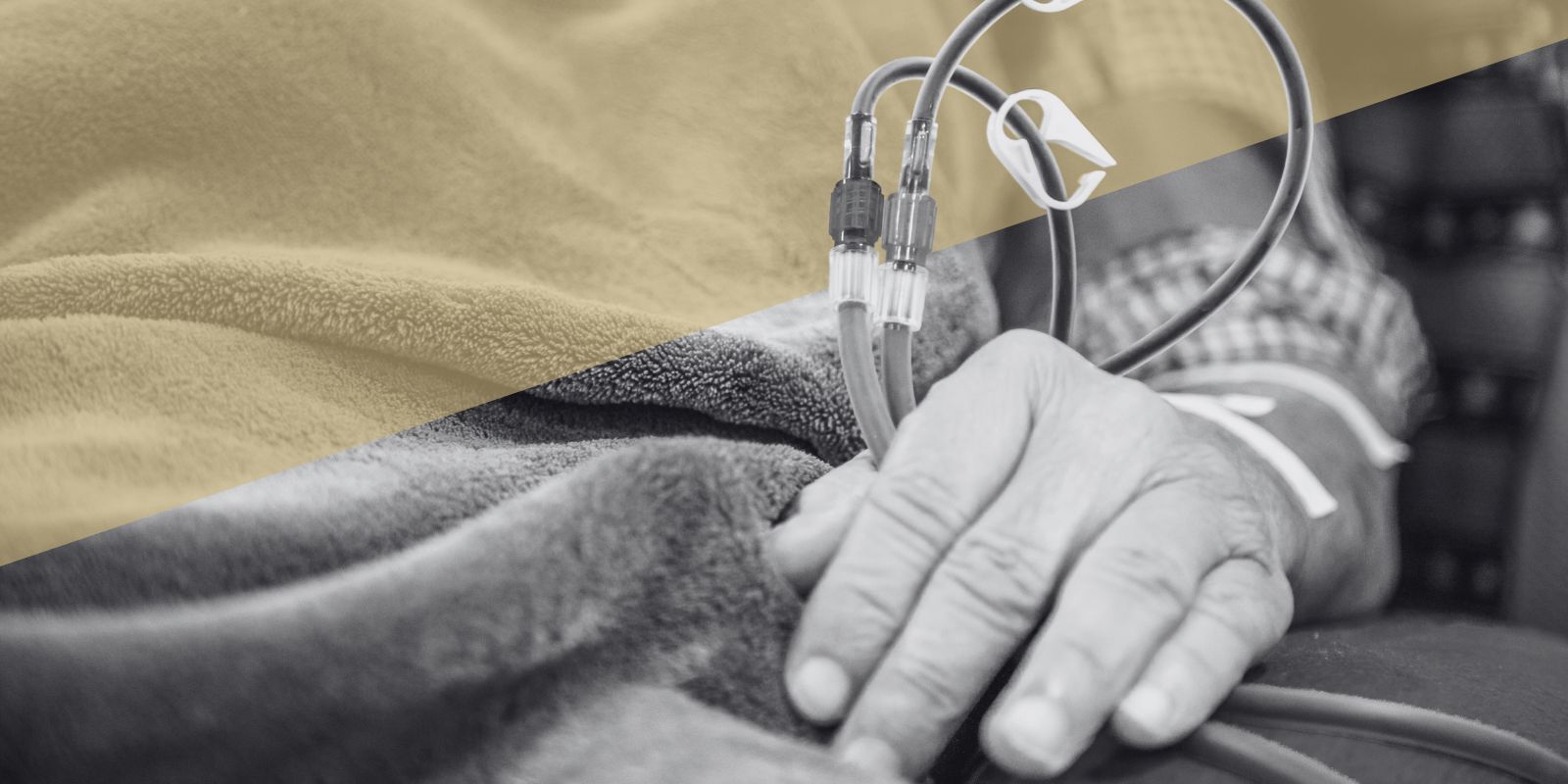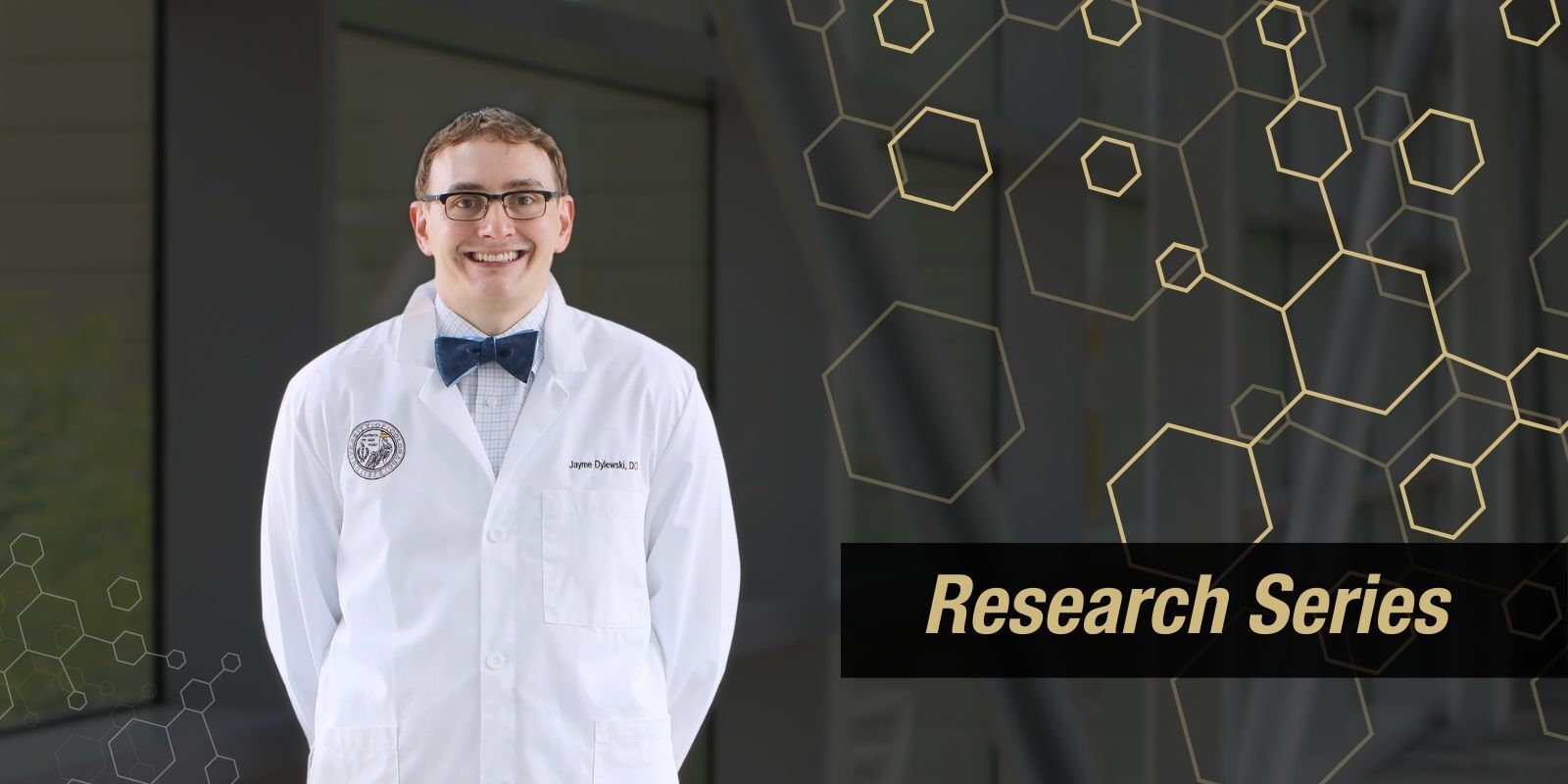Although still a student at the University of Colorado School of Medicine, Lizzy Garcia Creighton is making a lasting impact through her work to advance health equity, particularly for Hispanic, Latine, and Spanish-speaking populations.
For years, Garcia has worked to mentor young people from underrepresented backgrounds, increase access to medical care, conduct educational community outreach, and address health inequities.
Passionate about dermatology, her latest project aims to expand access to acne treatment for Hispanic teens by developing a patient decision aid available in English and Spanish. This work, supported by her mentor Lucinda Kohn, MD, MHS, and the Pediatric Dermatology Research Alliance (PeDRA), will help remove financial, language, and cultural barriers.
“I want Hispanic teens to feel empowered to take charge of their health,” Garcia says. “I’m really hoping to inspire young health professionals with this project and my community outreach efforts.”

Lizzy Garcia giving a presentation to students and scholarship donors at the CU Anschutz Medical Campus. Image courtesy of Garcia.
Addressing gaps in dermatology care
Currently, Garcia is spending her time focusing on community outreach and her patient decision aid project.
Patient decision aids help to educate patients facing medical issues about their care options so they can make decisions with their clinicians. The Colorado Program for Patient-Centered Decisions, which is a core of Adult and Children Center for Outcomes Research and Delivery Science (ACCORDS), has developed a variety of decision aids.
“These are tools to help a patient make a decision about their care, taking into account a patient’s background, their values, and goals of care,” Garcia says. “These aids advance the shared decision-making process between patients and clinicians by empowering patients to make decisions that work best for them.”
When Garcia learned that Kohn, her mentor, had an idea for a decision aid project focused on acne treatment, she saw an opportunity to address an underserved population.
“Research has shown that Hispanic people are less likely to visit a dermatologist, and many Hispanic immigrants do not know what pediatric dermatology is. There’s also evidence that in Hispanic households, acne can be seen as a rite of passage,” she says. “I knew there was a gap in care, so I told Kohn that I wanted to make this decision aid accessible to Hispanic and Spanish-speaking populations so they feel empowered to take care of their skin.”
Under Kohn’s guidance, Garcia applied for a 2024 PeDRA Research Fellowship Grant to support this work, which was approved.
“It felt great to get that support from PeDRA, as it acknowledged that the work we are doing is really important,” she says.

Lizzy Garcia, left, smiling alongside her mentor, Lucinda Kohn, MD, MHS. Image courtesy of Garcia.
Beyond appearance
Acne treatment does more than change the outward appearance of a person — it also has the power to impact a person’s mental health, Garcia explains.
“Studies have found that people with acne are more likely to withdraw socially, which can have devastating effects. There is also a lot of school and work absenteeism among people with acne,” she says. “It’s sad to think something like acne could hinder a person’s education and future. That’s why it’s really important to treat acne.”
To create an effective patient decision aid, Garcia is collaborating with teenage patients who have acne and identify as Hispanic or Latine. These teenagers are giving input on what they would — and wouldn’t — like to see.
“They are all really invested in developing this aid because they are passionate about having a tool that helps other people from their community access acne care,” she says. “The teens are giving first-hand advice as to what they value.”
Ultimately, Garcia hopes to launch the patient decision aid in the spring of next year, saying, “I really want to make a positive impact on these communities and have my work be community-oriented and health equity-oriented.”

Lizzy Garcia presenting pediatric dermatology equity research at the Society for Pediatric Dermatology in Toronto, Canada. Image courtesy of Garcia.
Uncovering a passion for dermatology
Until middle school, Garcia grew up in Barcelona, Spain, where her father is from. Her mother, a Mexican American whose family lives in the cities of Guadalajara and La Barca in Mexico, met her father when they were both working as teachers in Spain. As Garcia says, “I got a little bit of both worlds.”
Eventually, her parents moved the family to the United States. When Garcia was 14, her younger sister was diagnosed with autism spectrum disorder.
“That had such a big impact on my life, and it was a big driving force for me to go to medical school,” she says. “My sister had been to so many different specialists, and that really got me interested in the field of medicine.”
Initially, Garcia debated pursuing child psychiatry or child neurology. She also considered a career in research focused on autism.
Following her college graduation from Lawrence University in 2019, she decided to move to Texas and work as a medical interpreter and medical assistant at a free health clinic called the Agape Clinic. For two years, she worked at the clinic, which served primarily Spanish-speaking patients, and gained exposure to a variety of fields — including dermatology.
“I saw how patients would come in, and with just one visit, the dermatologist could make such a big difference in the patient's life,” she says. “The dermatologist could remove melanoma, or drain a big cyst, or treat a lesion that had been ignored for years. It was so impressive to me that these patients could come in and walk away with a completely different course in their journey.”

Images of Lizzy Garcia during clinical rotations. Images courtesy of Garcia.
Building community connections
Garcia decided to attend the CU School of Medicine because “the faculty and staff here were just above and beyond,” she says, adding, “I really liked the mission of the school and wanted to go somewhere where my patient population would be largely Spanish-speaking and largely Latino.”
She was among the first CU medical students to start their classes in 2021 at the Fort Collins branch campus at Colorado State University.
“I did a lot of my clinical training at the Salud Family Health Centers, which is a federally qualified health center that has a sliding scale clinic, so people are able to go there without insurance,” she says. “We see a lot of Spanish-speaking patients there, and so that was one of the reasons I was really excited about the Fort Collins branch. I’ve loved my experience so far.”
Hoping to further build connections with other students like herself, Garcia became president of the Latino Medical Student Association (LMSA) chapter at the CU School of Medicine during her first year of medical school. She served as president during her second and third years, as well.
“Last year, I was able to go to the national LMSA conference, and it was the most amazing experience. You learn so much about how to take care of Hispanic and Spanish-speaking populations, which is important in all fields of medicine,” she says. “It was empowering, and I made so many connections. Often at medical schools, there is not a lot of Hispanic or Latino representation. At this conference, you’re able to make great friends and have a support system.”

Lizzy Garcia, left, attended the national Latino Medical Student Association conference. Image courtesy of Garcia.
Mentoring future health leaders
As the first person in her family to pursue becoming a doctor, Garcia knows the importance of having mentors. While working at the Agape Clinic, she connected with a dermatologist named Rebecca Vasquez who introduced Garcia to a variety of outreach programs. During medical school she joined the Sun Bus, a dermatology mobile clinic that offers free skin checks for people.
“I’m currently spearheading efforts to go into local high schools and introduce people from historically marginalized communities, especially the Spanish-speaking community, to health care fields and dermatology,” she says.
This summer, she participated in the Colorado Area Health Education Center (COAHEC) Health Occupations Promoting Equity (HOPE) Institute, which is a week-long free camp for high school students from rural and underserved communities to explore health careers. As part of the camp, Garcia presented to the students, explaining the career of a dermatologist and her medical school journey.
“Ever since, students from all over the state have been reaching out, saying they enjoyed my presentation and asking if I can present at their high school,” she says.

Lizzy Garcia presenting at the COAHEC HOPE Institute. Image courtesy of Garcia.
In May, Garcia will begin her final year of medical school. She aims to do a dermatology residency afterward.
“After residency, I hope to run a clinic similar to the Agape Clinic, where I can provide quality care to patients who would not be able to access such care otherwise,” she says. “Also, I want to work with medical students, residents, and trainees. We need more Hispanic and Latino physicians, and I hope to inspire the younger generation so we can increase our representation in medicine.”
.png)


